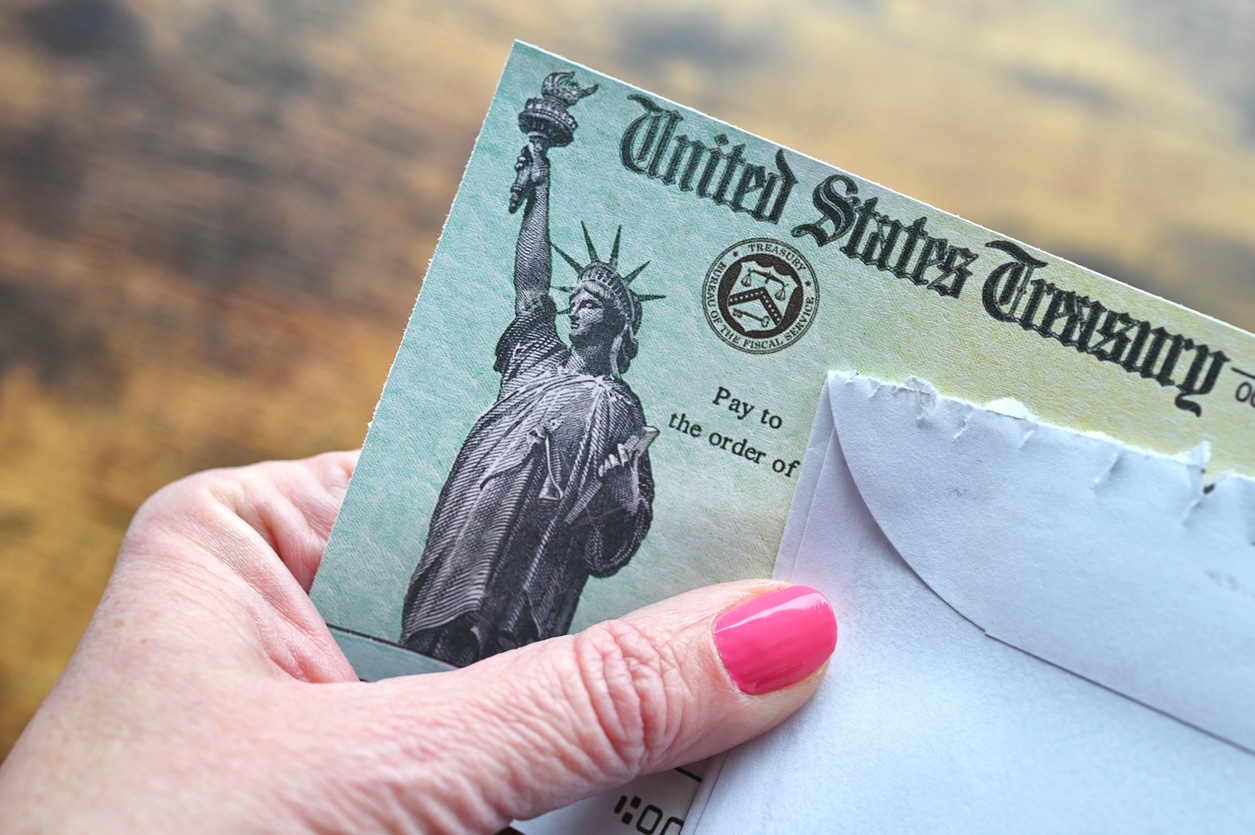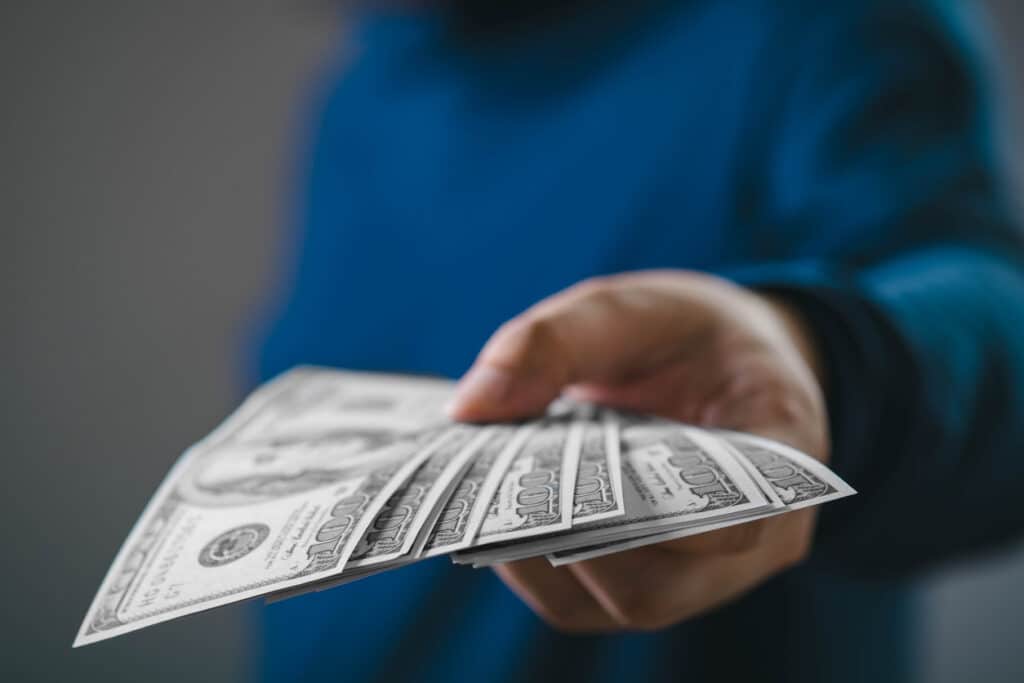Say goodbye to that familiar blue-and-white envelope—after decades of mailing out IRS paper checks, the Treasury is pulling the plug. Starting soon, most income tax refunds will arrive via electronic funds transfer (EFT) or other digital payment systems, not the old-fashioned paper check in your mailbox.
Why does this matter? For millions of Americans, getting a paper refund check from the IRS was as much a spring tradition as cherry blossoms or tax-season headaches. Now, with the switch to digital, how you get your refund—and what you need to do to avoid delays—just changed for good.
📋 Key Updates for 2025
- The IRS will end all paper refund checks after September 30, 2025, with some notable exceptions, moving fully to electronic payments.
- Digital payment options—including direct deposit, prepaid debit cards, and digital wallets—are now available for all taxpayers.
- This shift aims to cut refund fraud and save the IRS hundreds of millions annually in processing costs.
Why is the IRS eliminating paper checks?
The Internal Revenue Service is saying goodbye to paper refund checks—not just to save a few stamps, but to overhaul how (and how fast) you get your money. Forget mailbox roulette and chasing down lost envelopes—here’s what’s really driving the digital shift:
- Speed: Direct deposit and digital payments put your refund in your account way faster than waiting for snail mail.
- Security: No more worries about stolen, misplaced, or “disappeared” checks—electronic transfers are much harder to mess up (or lose in the laundry).
- Efficiency: The IRS saves on printing, postage, and admin headaches—so do you.
- Better tracking: Digital payment methods are easier for the IRS to monitor, which helps with tax credits, stimulus payments, and fraud prevention.
- Eco-friendly: Fewer checks mean less paper, less waste, and more “green” all around (not just in your bank balance).
- Treasury and policy: With backing from the Department of the Treasury and the Secretary of the Treasury, the move aligns with the federal government’s modern payment goals.
So, while you might miss the thrill of an envelope from the IRS, your wallet (and the planet) will probably thank you.
How will taxpayers receive refunds now?
The days of “check’s in the mail!” are fading fast. Now, the IRS wants to move your refund at the speed of WiFi, not the speed of a postal truck. Here’s how you’ll actually get paid:
- Direct deposit: Most refunds go straight into your bank or financial institution, so double-check your routing and account numbers to avoid a refund detour.
- Prepaid debit cards: No bank or other financial accounts? The IRS can send your money to a reloadable debit card—no bank visit needed.
- Digital wallets: Some taxpayers might see refunds pop up in PayPal or other digital wallet accounts as new payment tech is adopted.
- Still mailing a paper return? You’ll need to provide up-to-date bank or digital payment info; otherwise, your refund could get stuck in limbo.
💡 Pro Tip:
Set up your account details now and let your refund leap over the mailbox and land right in your pocket.
Who’s affected—and when?
Not everyone will see the changes at the same time, but the IRS is rolling out digital payments to more taxpayers with each filing season. Here’s what to expect:
- First in line: Most individuals, families, and anyone claiming a tax credit on their federal return will be shifted to digital refund payments starting with the 2025 tax year.
- Special groups: Social Security recipients, Americans abroad, and people without bank accounts (the “unbanked”) may see new options—like prepaid debit cards or digital wallets—but could face extra steps or delays.
- Alternative payment users: If you rely on money orders or non-traditional payment systems, be prepared to update your info or open a digital account for electronic transactions.
- IRS notifications: The IRS will communicate these changes through your tax software, notices, and its official website, so watch your inbox (and not just your mailbox) for updates.
In short: If you file a federal tax return, a digital refund is coming your way—just make sure you’re ready to catch it.
What if there’s a problem with your direct deposit?
Even with the IRS going digital, a typo in your bank info can still cause refund drama. Here’s how slip-ups and banking mishaps are handled:
- Wrong routing or account number? Your refund could get bounced back or sent to the wrong place—double-check those digits!
- Closed account: If your bank account is closed, the IRS will try to reroute your refund. You might get a prepaid debit card or (in rare cases) a paper check as a last resort.
- Rejected transaction: Failed deposits usually mean the IRS will reach out to request new payment info or let you know about your refund’s status.
- How to fix it: You can update your payment details via your online IRS account, or by filing an amended return if you spot the error after filing.
💡 Pro Tip:
If your refund hits a snag, the IRS will try to reach you—so keep your contact info current and your online account active!
What if you still receive a paper check?
While paper checks are heading for extinction, a few situations might still land one in your mailbox. Here’s what to know if you spot that familiar Treasury envelope:
- Exceptions: The IRS might send a paper refund check if there’s a system error, you filed an amended return, or if your electronic payment info can’t be verified.
- Spotting scams: Double-check that your check is really from the IRS or U.S. Treasury (look for watermarks and the correct return address)—watch out for fake refund scams.
- Lost or stolen checks: If your paper check goes missing, report it to the IRS right away. They can stop payment and reissue your refund, but it may take extra time.
So while digital is now the norm, don’t panic if you get a check—just be extra careful, and don’t forget to deposit it before it disappears under a pile of mail!
Tracking and troubleshooting your tax refund
Digital or not, waiting for a tax refund can still feel like watching a kettle boil. Here’s how to keep tabs on your money—and what to do if things go sideways:
- Check your status: Use the IRS “Where’s My Refund?” tool or your online IRS account to track your refund’s journey from approval to deposit.
- Delays and offsets: Refund held up? It could be delayed for extra review, or offset to cover things like overdue child support or other federal debts.
- Need help? If your refund is missing in action, reach out to the IRS or a trusted tax pro to get answers (and possibly, action).
💡 Pro Tip:
Keeping your info up to date and tracking early means fewer refund surprises—and less mailbox stalking.
Action steps: What should taxpayers do now?
A little prep now will save you headaches (and maybe some mailbox pacing) later:
- Update your payment info: Make sure your bank account, routing number, or digital wallet details are current before filing your next return.
- No U.S. bank account? Explore opening a U.S.-based account, setting up a digital wallet, or checking which options the IRS offers for international filers and those abroad.
- Stay safe: Protect your account and personal info—use secure channels to update your details and be wary of refund-related scams.
- Act early: Setting up your payment info in advance helps you avoid delays—not just for refunds, but for any future payments from the IRS.
The move to digital is happening—so get your (virtual) ducks in a row now.
No more waiting by the mailbox
The IRS ditching paper checks means faster refunds—and fewer trips to peek at your mailbox. Embracing the digital shift now ensures your money lands in your account, not lost in the shuffle (or eaten by the dog).
Need a hand sorting your tax return, setting up digital payments, or navigating U.S. tax rules from abroad? Our tax professionals at Bright!Tax are here to help you file confidently and get your refund on the fast track—without the mailbox drama. Reach out today and let’s make tax season smoother than ever!
Frequently Asked Questions
-
Why is the IRS stopping paper checks for tax refunds?
The IRS is moving to digital payments (like direct deposit) to speed up refunds, reduce fraud, save money on postage, and cut down on lost or stolen checks.
-
How will I get my tax refund now?
Most refunds will be sent by direct deposit to your bank account, digital wallet, or a prepaid debit card. You’ll need to provide accurate account info with your tax return.
-
What if I don’t have a U.S. bank account?
The IRS may offer prepaid debit cards or other digital options, but if you live abroad or are “unbanked,” you may need to open a U.S.-based account or use an approved digital service to receive your refund.
-
Will anyone still get a paper refund check?
In rare cases—like system errors, amended returns, or when digital payments fail—the IRS may still mail a paper check. But for most people, checks are being phased out.
-
What should I do if my direct deposit fails or my info is wrong?
If there’s an issue with your account details, the IRS will usually reach out for updated info or issue your refund by prepaid card or (as a last resort) a paper check. Update your info as soon as possible to avoid delays.
-
How can I track my refund?
Use the IRS “Where’s My Refund?” tool online or your IRS account to see the status of your refund and spot any issues early.
-
Is it safe to give my bank account details to the IRS?
Yes—as long as you enter your info directly on official IRS forms or through secure, trusted tax software. Never respond to unsolicited emails or calls asking for your banking details.
-
Can Bright!Tax help with IRS refunds or digital payments?
Bright!Tax specializes in U.S. expat tax returns and compliance—including helping you get set up for direct deposit and troubleshoot refund issues, wherever you live.

 Connect on LinkedIn
Connect on LinkedIn

